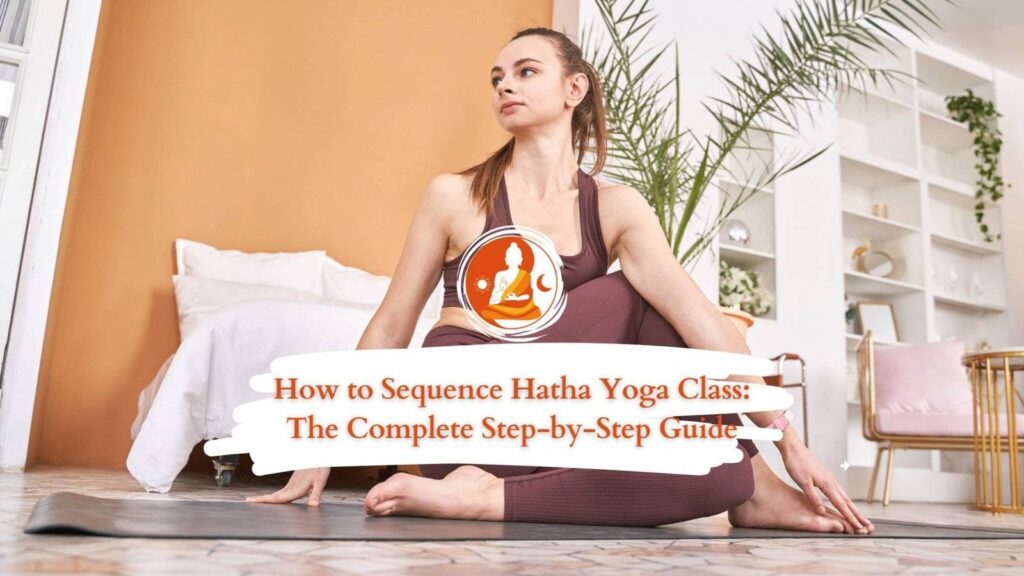Discover the Benefits of a Hatha Yoga Sequence
Hatha yoga, known for its emphasis on physical postures and breath control, offers a wonderful way to cultivate mindfulness, flexibility, and strength. A well-structured Hatha yoga sequence can enhance your practice, whether you are a beginner or an experienced yogi. In this guide, we’ll explore the components of a typical Hatha yoga sequence and the numerous benefits it can provide.
What is Hatha Yoga?
Hatha yoga is a branch of yoga that focuses on physical postures (asanas) and is often considered the foundation for many other styles of yoga. The term “Hatha” refers to the balance of opposing forces: sun (Ha) and moon (Tha), symbolizing the harmony of body and mind. Practicing a Hatha yoga sequence encourages you to align your physical body with your breath, fostering a deep sense of connection and awareness.
Components of a Hatha Yoga Sequence
A typical Hatha yoga sequence can vary, but it generally includes the following components:
- Centering: Start by finding a comfortable seated position. Close your eyes, take deep breaths, and focus on your intentions for the practice.
- Warm-Up: Gentle stretches and movements help to warm up the body and prepare it for the postures ahead. This might include neck rolls, shoulder shrugs, and simple twists.
- Standing Poses: Incorporate standing postures like Mountain Pose (Tadasana), Warrior I (Virabhadrasana I), and Triangle Pose (Trikonasana) to build strength and stability. These poses engage major muscle groups and improve balance.
- Seated Poses: Transition into seated postures, such as Staff Pose (Dandasana) and Seated Forward Bend (Paschimottanasana). These poses promote flexibility in the hips and hamstrings while calming the mind.
- Backbends: Include gentle backbends like Cobra Pose (Bhujangasana) or Bridge Pose (Setu Bandhasana) to open the heart and strengthen the back.
- Inversions: Incorporate simple inversions, such as Legs-Up-the-Wall Pose (Viparita Karani), to improve circulation and enhance relaxation.
- Cool Down: Gradually slow your practice with restorative poses like Child’s Pose (Balasana) and Supine Twist (Supta Matsyendrasana) to release tension and prepare for meditation.
- Meditation and Savasana: End your sequence with a few moments of meditation, followed by Savasana (Corpse Pose) to integrate the benefits of your practice.
Benefits of a Hatha Yoga Sequence
- Improved Flexibility: Regular practice of Hatha yoga postures helps to stretch and lengthen muscles, enhancing overall flexibility.
- Increased Strength: Many Hatha poses engage various muscle groups, building strength and endurance over time.
- Stress Relief: The focus on breath and mindfulness in a Hatha yoga sequence promotes relaxation, helping to alleviate stress and anxiety.
- Better Posture: Strengthening the core and back muscles through Hatha yoga can improve posture and reduce the risk of injuries.
- Enhanced Mindfulness: The meditative aspect of Hatha yoga encourages greater self-awareness, fostering a sense of inner peace and clarity.
- Balance and Coordination: The variety of poses challenges balance and coordination, improving overall stability.
- Community and Connection: Practicing Hatha yoga in a class setting can create a sense of community and support, enriching your yoga journey.
Creating Your Own Hatha Yoga Sequence
When designing your own Hatha yoga sequence, consider the following tips:
- Set an Intention: Decide what you want to achieve during your practice, whether it’s relaxation, strength, or flexibility.
- Listen to Your Body: Pay attention to how your body feels during each pose, and modify as needed.
- Focus on Breath: Ensure that your breath is steady and deep throughout the sequence, using it to guide your movements.
- Include Variety: Mix different poses and sequences to keep your practice engaging and well-rounded.
Conclusion
Incorporating a Hatha yoga sequence into your routine can lead to significant physical and mental benefits. Whether you’re looking to deepen your practice or start anew, exploring Hatha yoga is a rewarding journey. Remember to be patient with yourself and enjoy the process of growth and discovery on your mat. Happy practicing!
